Essential Łódź: The City's Must-See Sites
more than a year agoIt may seem unlikely but Łódź is also Poland’s answer to Tinseltown. Having produced directors like Wajda, Polański and Kieślowski the Polish Hollywood has made an undeniable impact on world cinema. Opened in 1986 and housed inside Karol Scheibler’s extraordinary 19th-century palace, the Museum of Cinematography is essentially two unique attractions in one. The museum itself offers an extremely well-presented history of Polish cinema and takes plenty of hats off to the multitude of Polish film greats who studied in the city before going on to greater things, as well as numerous changing exhibitions. This is the only museum of its kind in Poland, and a rewarding experience for fans of Polish cinema.
The industrialist Łódz is most famous for however is none other than Izrael Poznański, and his palace is now home to the Museum of the City of Łódź – an unmissable chase through the history of the city, as well as a medley of items and artworks that once belonged to Poznański. His factory has since been developed into the Manufaktura shopping and leisure complex, and it’s here you’ll find the official museum of the site - Museum of the Factory.
Poznański was Jewish by birth and you can visit his fearsome mausoleum (the biggest Jewish tomb in the world) at Europe’s largest Jewish cemetery. Founded in 1892 visitors can view over 180,000 tombs. Łódź is famous for its Jewish heritage, though this was all but wiped out in WWII when the city became the home of the notorious Litzmannstadt Ghetto. Over 230,000 Jews were confined here, with over 200,000 eventually transferred to death camps. Jews were transferred to gas chambers from Radegast Station, and today visitors can view three cattle trucks that have since been preserved.
But the suffering was by no means exclusive to Jews, as a visit to Radogoszcz Prison proves. Formerly a factory this brick building was transformed by the Nazis into a prison holding Polish socialists and intelligentsia. The exhibition offers a disturbing look at life under occupation, as does the Museum of the Tradition of Independence. A visit to this former tsarist prison offers a chronological journey through the misfortunes Łódź has suffered while being under the control of Imperial Russia, Nazi Germany and the Soviet Union.
If you wish to experience a more interactive museum, the former power station turned cultural centre EC1 houses the planetarium and science and technology centre. If, however, you’re a bit exhausted after all these museum visits head to OFF Piotrkowska to unwind. This is yet another Post-Industrial enclave of former factory buildings that have been converted to bars, restaurants and cafes. Unlike Manufaktura, OFF is decidedly more alternative and plays host to many of the city’s more cutting edge festivals, fairs and concerts.


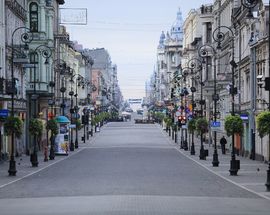
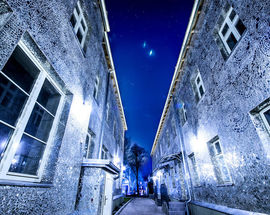
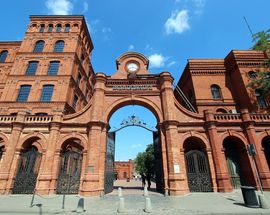
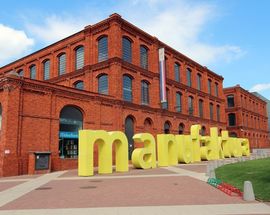
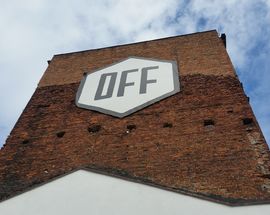

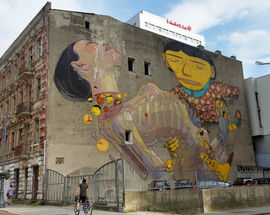
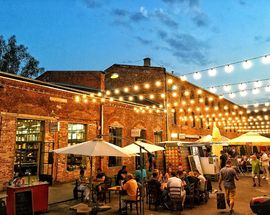
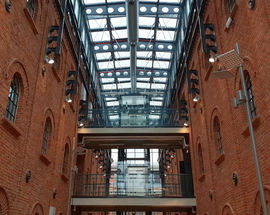

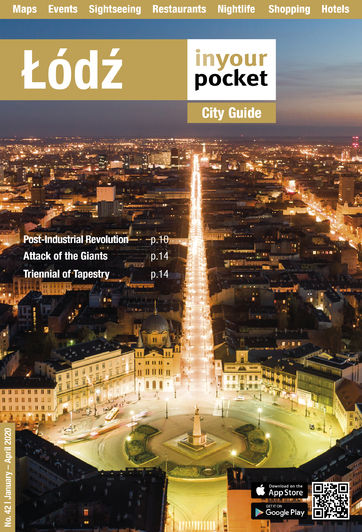
Comments